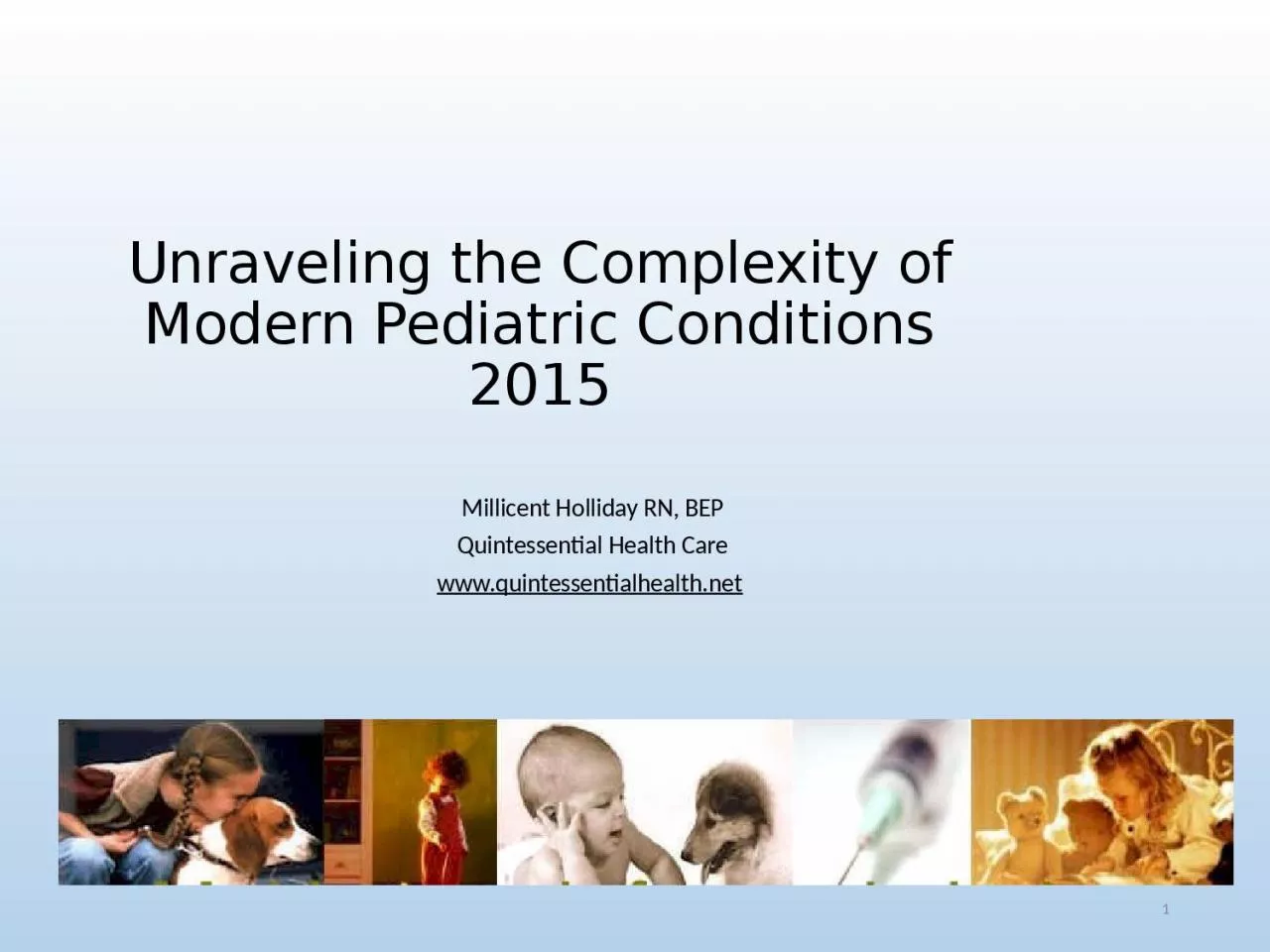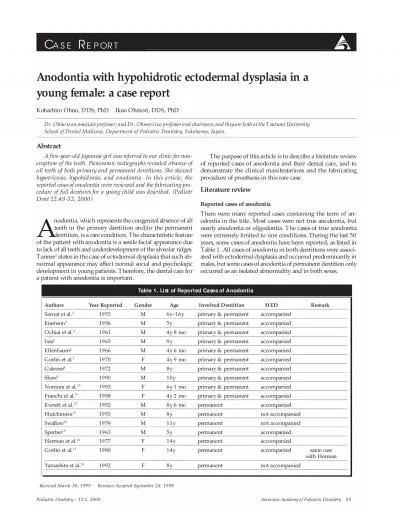PPT-Unraveling the Complexity of Modern Pediatric Conditions
Author : LivingMyBestLife | Published Date : 2022-07-28
2015 Millicent Holliday RN BEP Quintessential Health Care wwwquintessentialhealthnet 1 Goal To examine numerous topics pertaining to current pediatric health conditions
Presentation Embed Code
Download Presentation
Download Presentation The PPT/PDF document "Unraveling the Complexity of Modern Pedi..." is the property of its rightful owner. Permission is granted to download and print the materials on this website for personal, non-commercial use only, and to display it on your personal computer provided you do not modify the materials and that you retain all copyright notices contained in the materials. By downloading content from our website, you accept the terms of this agreement.
Unraveling the Complexity of Modern Pediatric Conditions: Transcript
Download Rules Of Document
"Unraveling the Complexity of Modern Pediatric Conditions"The content belongs to its owner. You may download and print it for personal use, without modification, and keep all copyright notices. By downloading, you agree to these terms.
Related Documents














